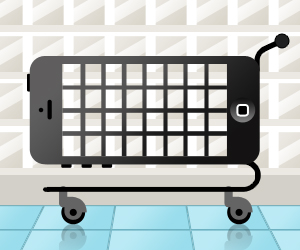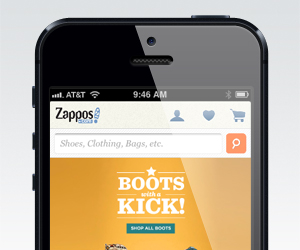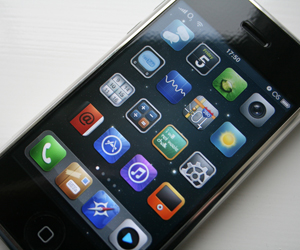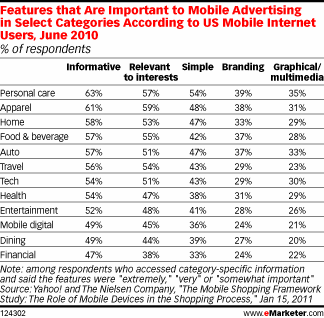
Bridging the Gap Between Digital, Mobile and In-Store Experiences
This post originally appeared in our January '13 issue of “Live Report from the Future of Marketing,” our monthly Post-Advertising newsletter. Subscribe for free here.
In the mid-’90s I was a teenager just entering high school. I loved computers, and the emergence of the Internet simply astounded me. I would spend hours on Prodigy, then AOL, chatting away and browsing every corner of the emerging web.
My big prediction was that there would come a day when we’d go to the mall online. We’d walk a character through the mall, entering shops where we could buy real items. Turns out it wasn’t that bold a prediction, as I wasn’t far off.
Today e-commerce has become a formidable challenger to brick-and-mortar stores, which rely on customers getting dressed (it’s harder than you think), leaving their houses, driving to the store, finding parking and dealing with store employees who are too eager or absent to be of any assistance, only to realize the item is out of stock. But in the early days of the web, it wasn’t clear that anyone would ever buy anything online. Who would you be buying from? How would you pay, and would it be safe? Did you need that item now, or could you wait six to 10 days for shipping? Why buy online when you could get everything at the mall (or so you thought) in one day? What if the items didn’t fit? What if they never arrived?





